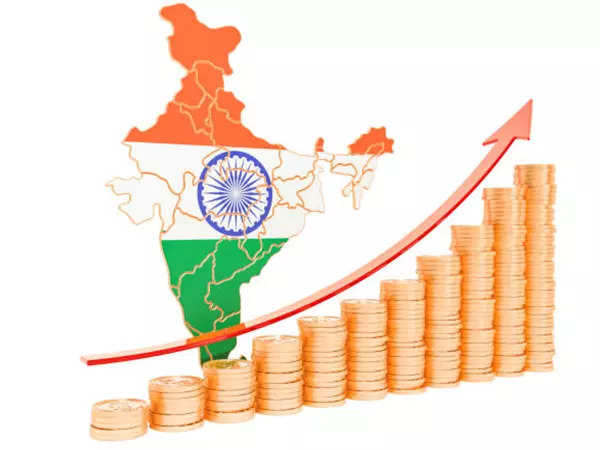
WITH the Philippines as the global leader in traffic, it is important to trace our path to this shameful pinnacle. One reason is that road space has been claimed and preserved for cars, leaving very little for sidewalks, bike lanes, roadside trees and dedicated public transportation lanes. In this column, I discuss how the planning and budgeting system of the Department of Public Works and Highways (DPWH) is marching all of us relentlessly toward a more car-dependent future by systematically prioritizing all existing and future road space for private motor vehicles.
When Filipinos travel to the best cities abroad, they realize that what is considered normal in many other countries — convenient, reliable and safe travel options without having to use a private motor vehicle — is largely missing in the Philippines. In those livable cities, what is prioritized are the needs of people on foot, on bicycles or using public transport. Sidewalks are smooth, spacious and free of obstructions; wide, well-marked bike lanes prevent motor vehicles from mixing in the same space as cyclists; and there are exclusive lanes for buses so that higher capacity public transport can move many more people faster, without friction with private vehicles.
In our country, what has become normal is being car-dependent — having to use a car or motorcycle because other modes are unavailable, inconvenient, unaffordable, uncomfortable or unsafe. One of the major reasons for this sad state is the DPWH's planning and budgeting system, beginning with how it defines strategic objectives. The foremost objective, under its performance governance system, is the reduction in vehicle travel times and the enhancement of vehicle mobility. This leads the DPWH in the direction of appropriating and preserving road space for four-wheeled private motor vehicles ahead of the needs of all other road users.
The DPWH claims to serve the interests of pedestrians and cyclists, but the reality is that a decent sidewalk or bike lane is only provided after the requirements of four-wheeled motor vehicles are met. If there is not enough road space for motor vehicles, plans for sidewalks and bike lanes are set aside (or the sidewalks and bike paths are made incredibly narrow and unsafe). Instead of focusing on the reduction of human travel times (which could also apply to a person on foot, on a bicycle or using public transport), the DPWH's system is designed to cater mainly to the needs of the small minority with cars (only 6 percent of Filipino households own cars), a practice that is not only inefficient and harmful, but also fundamentally unjust.
How does this happen in practice? In the DPWH's budget guidelines (Department Order 2022-07), staff are instructed to monitor the volume-capacity ratio (VCR) for each road and to use this in planning future road development. The VCR is a simple measure of vehicle congestion, comparing the actual flow of vehicles with the road's design capacity. When the vehicle volume approaches or exceeds road capacity, widening (or the establishment of a new bypass) may be proposed for inclusion in the next budget.
The DPWH guidelines state: "DEOs (district engineering offices)/ROs (regional offices) may propose widening if the road link has a traffic volume-capacity ratio of at least 0.6. Check if existing right-of-way (RoW) is sufficient; if not, prepare RoW action plan and include RoW cost in the budget." What is significant is that plans and budgets for road widening are processed and approved even when a road's capacity is only 60 percent utilized and when the road is still far from congested. Even before a road experiences congestion, available space for more lanes (and potential right-of-way) is claimed in advance for the use of four-wheeled motor vehicles.
The negative impact is twofold: First, the road-widening process has the effect of narrowing or eliminating any sidewalks or bike paths that exist in order to create more vehicle lanes. Along many national roads, what were tree-lined, green and pleasant paths for walking have been replaced by asphalt and concrete, raising ambient temperatures and levels of pollution and noise, making walking and cycling less safe and less attractive. Trees on the roadside, some centuries old, become collateral damage. In the name of giving more road space for cars, public transport is deprived of space for exclusive or dedicated lanes for buses, jeepneys and UV Express vans.
Wider roads with multiple lanes invite motor vehicles to go faster, increasing the risk of motor vehicles hitting pedestrians and cyclists. Unending road expansion to serve private motor vehicles therefore has the detrimental effect of limiting the efficiency of public transport, discouraging walking and cycling, damaging the environment and making all of us more dependent on motor vehicles to travel even short distances.
Second, through the phenomenon of "induced demand," the additional road space attracts further motor vehicle use. The attraction of a private motor vehicle is magnified when other travel options are missing or more difficult. Before long, the new lanes are filled and previous congestion levels are exceeded. We have seen this time and again on major roads like Commonwealth Avenue or even the South Luzon Expressway. We will continue to have worsening mobility for all Filipinos (even for those who own cars) as long as we have an agency that serves private motor vehicles ahead of all other road users.
We need an infrastructure agency that will give full meaning to the Philippine Development Plan 2023-2028 directive that pedestrians and cyclists enjoy the highest priority in the hierarchy of road users. I look forward to the day when DPWH budget guidelines say that high-quality sidewalks, protected bike lanes and dedicated lanes for public transport should be established on major urban corridors, even if it means utilizing existing mixed traffic lanes for these purposes, and that all roads should be designed and managed to maximize the flow of people and goods rather than the flow of vehicles.
Robert Y. Siy is a development economist, city and regional planner, and public transport advocate. He is a co-convenor of the Move As One Coalition. He can be reached at mobilitymatters.ph@yahoo.com or followed on Twitter at @RobertRsiy.
Read The Rest at :







